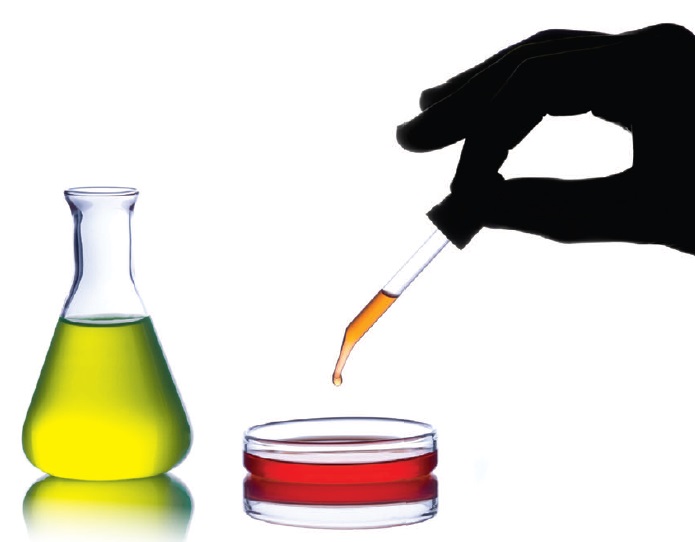What’s so new about a new product?
Dr. Robert M. Gresham, Contributing Editor | TLT Lubrication Fundamentals February 2011
Make sure to develop products that serve the needs of your customers—and the market.

www.canstockphoto.com
Back in the day when I ran a small R&D department, we worked very hard to come up with new products that really did do something new. By that I mean it would meet the requirements of some new application. For example, we made bonded solid film lubricants, as most of these products are similar to slippery paint where the solid lubricants are held in place by some kind of organic resin material.
Later we identified an application for vectoring nozzles in a new design of a jet engine. Because of the nozzle’s location in the engine, the temperature was very hot. So the idea was to develop a ceramic-bonded, solid film lubricant. That’s a new product.
In another example, regulations in the paint and coatings industry (of which bonded solid film lubricants is a subset) were going in the direction of so-called low VOC (volatile organic component) products. The goal was to develop resin-bonded products where volatile solvents such as methyl ethyl ketone, mineral spirits and the like are not part of the Formulation. The problem was finding resins that could deliver the needed performance properties for the application when applied and cured but still be formulated in a greatly reduced solvent system based primarily on water and dispersants. Again, we developed a new product.
Development of these kinds of products can be difficult, expensive and time-consuming. Once developed, they have to be taken to each OEM customer and qualified to a specification. This could take years, although the payoff can be rewarding, especially if your company was first to develop the new product before competitors could get their hands on it. In that case, your company could enjoy a number of years of profitable business to help pay back all the costs incurred in developing the new product.

www.canstockphoto.com
This was my R&D culture while working both for Dupont’s specialty chemical business, as well as E/M Corp.’s solid film lubricant business. Then, after an acquisition, I learned that there is another way of looking at new products.
During an R&D review for the new Uber Boss, I was waxing eloquent about the several new products that we were working on. With great pride in the accomplishments of my lab guys, I was going on in great detail about the elegant solution to the difficult performance problem we solved, the nuances of the new test methods being developed to characterize the new product, the qualification testing with the OEM, and the status of the new specification being written around our product. However, the more I talked, the more the Uber Boss’s eyes glossed over and his eyelids began to noticeably droop. I was crestfallen.
As it happened, the Uber Boss came from a commodity sales background. He and I lived in different galaxies. As he was berating me for not having more new products, I learned just how differently we saw the universe. His idea of a new product was one where you could knock off a few cents per unit from the sales price. Our lab’s culture was, “If the customer had to ask what the price was, he didn’t really need it.” His idea of improved performance properties was: “Can we make a claim the competition can’t?” For us it was: “Cost doesn’t matter, will it do the job?”
With older products already in our line, he would encourage us to develop new products by asking such questions as: “Can’t we just aerosolize it?” or, “How about we change the color and layout of the label?” “Can we call it ‘synthetic?’” In this new culture, we considered our own mass euthanasia.
In reality, this is a story about the Blind men and the elephant. Clearly, we had very different visions of what constituted a new product. And, in truth, we were both right and we were both wrong. The most important thing is the customer and the market. What are the demands of the market and the customers within that market? If you don’t meet their needs, sooner or later someone else will.
R&D folks must have a good working relationship with their company’s sales and marketing team. Sales, in turn, must have the ability to know their customers and markets and precisely define their real needs. That is, the needs that define the sale. Then they must provide their R&D groups with the guidance they need to develop products that meet those needs.
So if the customer believes in his heart of hearts that red grease is better than green grease—take out the green dye and put a red dye in it! If the customer is very risk adverse, like a jet engine manufacturer, make sure he gets the test data, samples and quality assurance he needs to have confidence in your product. As you read this issue of TLT, you will likely see new products somewhere between the extremes described above.
When you do, ask yourself, “Does it meet the needs of the intended market?”

Bob Gresham is STLE’s director of professional development. You can reach him at rgresham@stle.org.